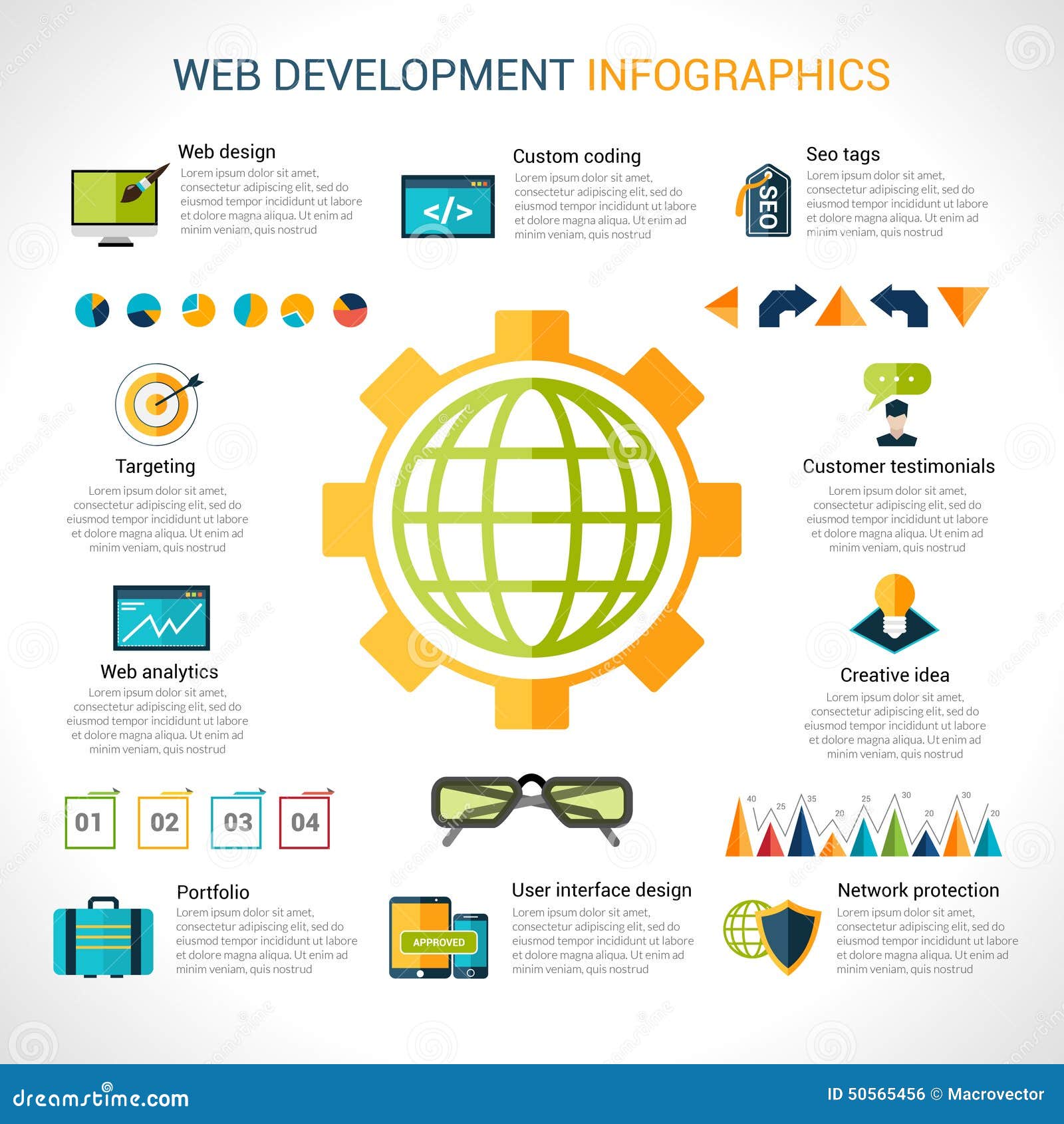Website Style Fundamentals: Tips For Structure A User-Friendly Site
Website Style Fundamentals: Tips For Structure A User-Friendly Site
Blog Article
Material By-Hovmand Neville
When it involves web site layout, ensuring user-friendliness is vital. From responsive design to structured navigation, every element plays an essential duty in developing a site that accommodates your target market's requirements. Yet what about the better information that can make or damage an individual's surfing experience? Keep tuned as clean website design discover some often-overlooked suggestions that can raise your website's usability to the next degree, making it genuinely stick out in the digital landscape.
Relevance of Responsive Layout
Receptive layout is a crucial aspect of modern web site development. Guaranteeing your web site is receptive ways that it can adapt to various screen sizes and gadgets, offering a smooth experience for users.
With the boosting use smartphones and tablet computers to access the net, having a responsive design is essential for reaching a bigger target market. It helps in enhancing user experience by making your web site simple to browse and read on any device.
In addition, receptive design can positively impact your online search engine positions, as internet search engine like Google prioritize mobile-friendly internet sites. By having a responsive layout, you're also future-proofing your site, as new tools with varying screen dimensions continue to arise.
Simplify Navigation Structure
To enhance individual experience and promote very easy access to details on your website, streamlining the navigation framework is extremely important. When designing your site, focus on creating a clear and instinctive navigating food selection that aids visitors discover what they're trying to find swiftly.
Restriction the number of food selection items to the essentials, grouping associated pages with each other to prevent frustrating customers. Usage descriptive tags that clearly suggest the web content of each web page, making it simpler for users to understand where each web link will certainly take them.
Think about applying dropdown menus for subcategories to prevent jumbling the major navigating bar. Furthermore, consist of a search bar plainly on the web page for users that like looking for specific details.
Prioritize mobile responsiveness in your navigating style to make sure easy access on all devices.
Optimize Page Load Rate
Improving page lots rate is important for retaining visitors on your site. Slow-loading pages annoy customers and can bring about high bounce rates. To enhance web page lots rate, start by maximizing images. local search website optimization without compromising high quality to lower their documents sizes.
Additionally, enable Read Even more caching to keep frequently accessed resources locally, accelerating load times for returning site visitors. Minify CSS, JavaScript, and HTML data by eliminating unnecessary personalities, comments, and formatting, improving load rate.
Consider utilizing a web content distribution network (CDN) to disperse your internet site's material throughout multiple web servers worldwide, reducing latency for individuals accessing your site from different locations. Last but not least, restrict using third-party scripts and plugins, as they can significantly affect lots times.
https://www.searchenginejournal.com/becoming-seo-consultant/443213/
To conclude, by including receptive style, streamlining navigation, and maximizing web page tons speed, you can produce an user-friendly website that attract a bigger target market and improves user experience. These essential elements make certain that visitors can quickly accessibility and navigate your site throughout various tools, resulting in raised engagement and contentment. By concentrating on these essential facets, you can develop an effective internet site that keeps individuals returning for even more.
